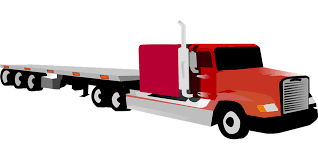
Delivering a load and picking a new one up at the same locations isn’t counted on by most truckers. Sometimes they drive hours to pick up cargo for the next leg of their trip. During this leg of the journey, the trucker is hauling an empty trailer, which is referred to as deadhead, or deadheading.
Drivers are exposed to increased risk. A significant increase in risk. Many driver training programs fail to prepare students for deadhead driving. The weight of loaded trailers creates a stabilizing force. The deadhead or empty trailer is significantly lighter, which can quickly become a sail if exposed to high winds. The tractor-trailer is a combined system, which was not designed to be operated without weight on the trailer. While deadheading braking systems do not operate as designed. During a deadhead leg, experienced drivers compensate in various ways.
Related Term: Bobtail references the operation of the tractor only.

 Contact
Contact
 Email an Agent
Email an Agent

 Click to Call
Click to Call Get Directions
Get Directions


